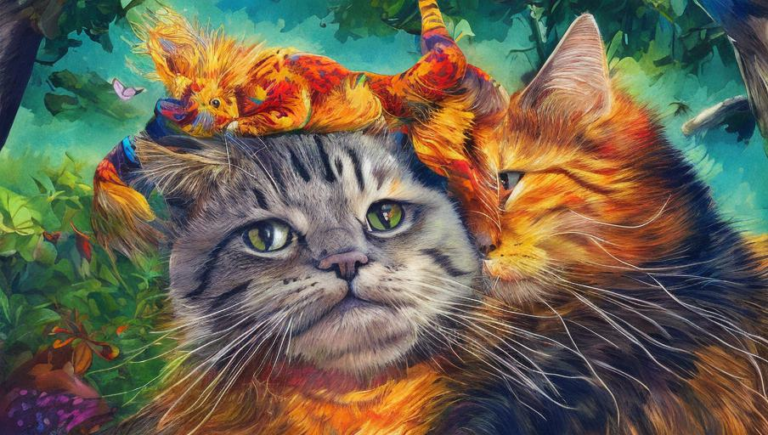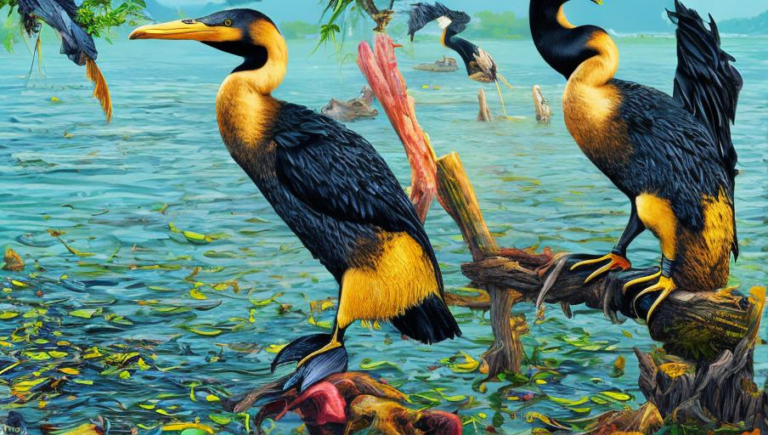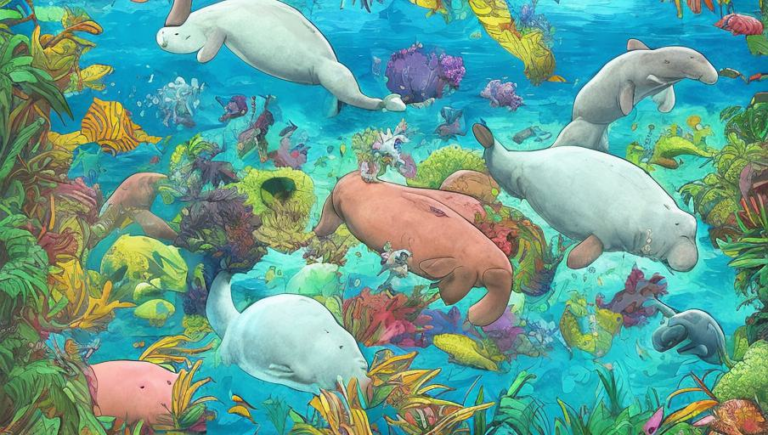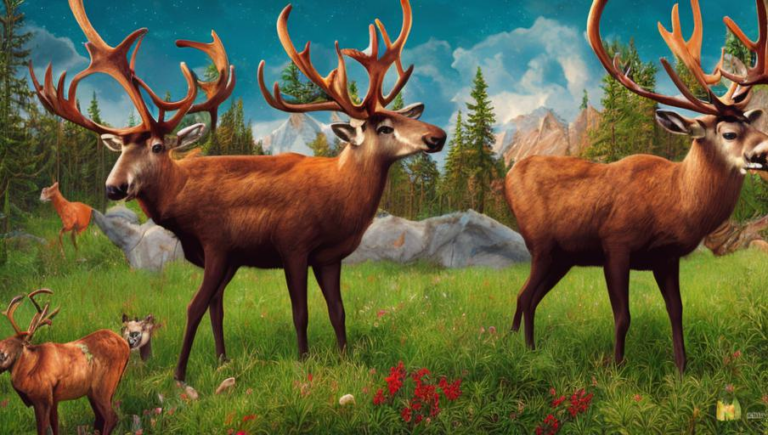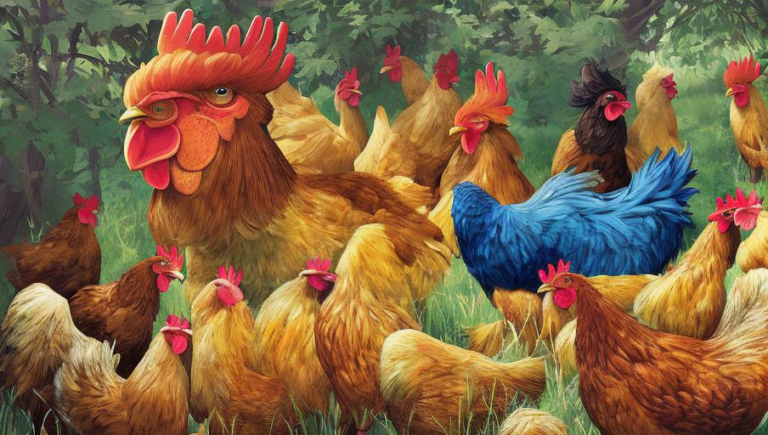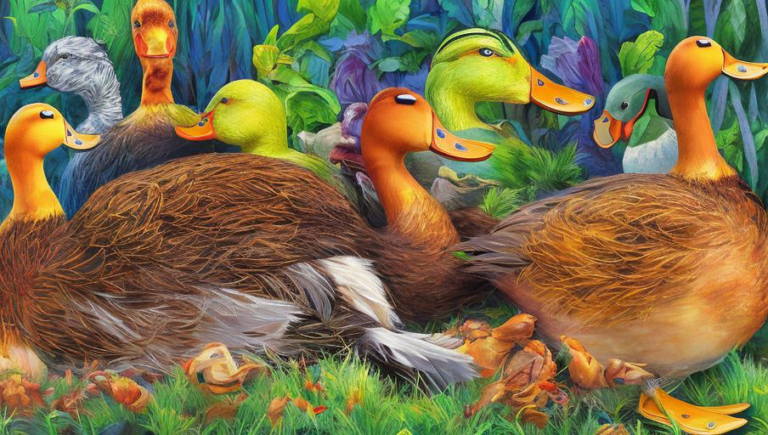Growth and Development of the Antelope
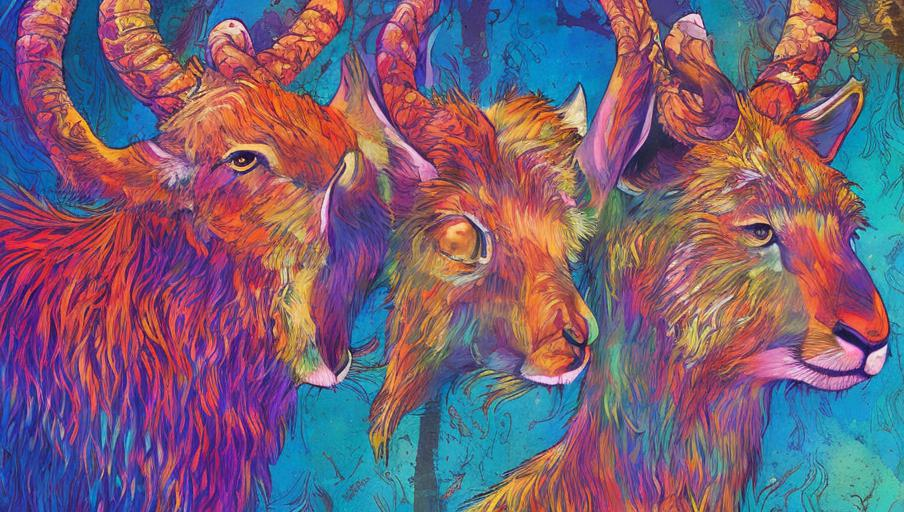
Antelope: Fast and Adaptable
The antelope is a species of large, hoofed mammals, found throughout Africa and parts of Asia. Antelope are well-known for their speed, agility, and ability to adapt to their environment. They are herbivores, and many species are adapted to live in the savanna, where they can find grasses and other vegetation for food. Some antelope, such as the gazelle, are even capable of living in desert conditions.
Most antelopes are diurnal, meaning they are most active during the day. However, some species such as the kob and dik-dik are nocturnal, meaning they are active at night. This helps them to avoid predators, as they are able to hide in the shadows. Antelopes are also very social animals, living in herds with a dominant male and several female members. The herd helps to protect the young and keep an eye out for danger.
Growth and Development
Antelope are born after a gestation period of six to nine months, depending on the species. At birth, they are able to stand and walk soon after. The young are cared for by the herd and are able to start eating solid food at about three weeks of age. The antelope’s diet consists of grasses, leaves, bark, roots, and other vegetation. As the antelope grows, it is able to run and jump, and by one year of age, it is able to fend for itself and join the herd.
At two years of age, the antelope is able to mate and reproduce. They reach full size and maturity at about four years of age. The lifespan of an antelope can vary depending on the species, but most live for about 10 years in the wild. In captivity, they can live for up to 20 years.
Threats to the Species
Antelope are threatened by habitat loss due to deforestation and human encroachment. They are also threatened by overhunting, as their meat is a source of food for many people. As a result, antelope populations are declining in many parts of the world. Conservation efforts, such as the creation of wildlife reserves and the implementation of laws against poaching, are helping to protect the species and ensure their survival.
The antelope is an amazing species, capable of amazing feats of speed and agility. It is important to protect this species and its habitat, in order to ensure its continued survival. By learning more about the antelope and its needs, we can help to protect this incredible species and ensure its future.
